Deep ruby color; plum, blackcurrant, blackberry, dark fruits, smoke, leather on the nose; blackcurrant, black plum, blackberry, black cherry, licorice, vanilla on the palate.
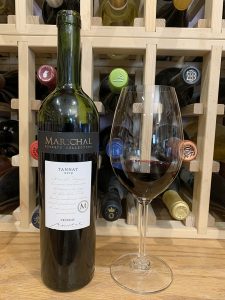
Dry; bold, intense, significant firm tannins—completely expected in a tannat, one of the world’s most tannic wines. Decanting softens things up and pulls the overall experience together; highly recommended. Full body—tannins deliver that. Compensating acidity to balance things. Fruitiness joins the party on your palate after decanting and additional air time in large glass. 13% ABV
This is Marichal’s house flagship built on tannat grapes from 25-year-old vines planted in the Etchevarría zone of Canelones. The soils are rich in clay and calcium carbonate, which reflects in this wine. After 17 days of fermentation and malolactic fermentation, 70% of the wine aged in barrels for 12 months. The rest is aged in neutral vessels to give best expression of the variety.
Historically grown in southwest France in the French Pyrénées, when Basque immigrants brought it to Uruguay, tannat found its ideal place in much the same way malbec found its place in Argentina. Today, tannat is the “national grape of Uruguay.” Uruguay is the fourth largest wine producing country in South America behind Argentina, Chile, and Brazil. Tannat wines from Uruguay have more elegant, softer tannins and blackberry fruit notes than tannat from France.
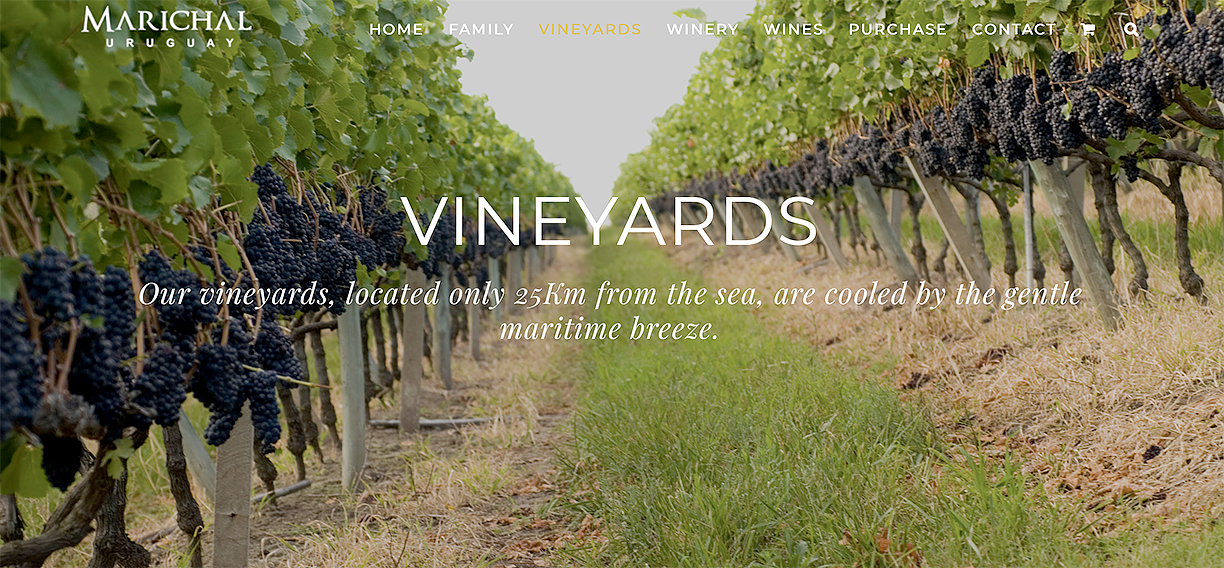
Uruguay is the native Guaraní word for “River of Painted Birds.” The country is a modern democratic constitutional republic that ranks first in South America in democracy, peace, press freedom, and low perception of corruption. The Bodega Marichal e Hijo vineyards and winery are about 15 miles from the ocean and the Rio de la Plata and 15 miles north of Uruguay’s capitol, Montevideo. The closeness to the Atlantic Ocean and the Rio Uruguay delivers cooling maritime breezes to the vines.
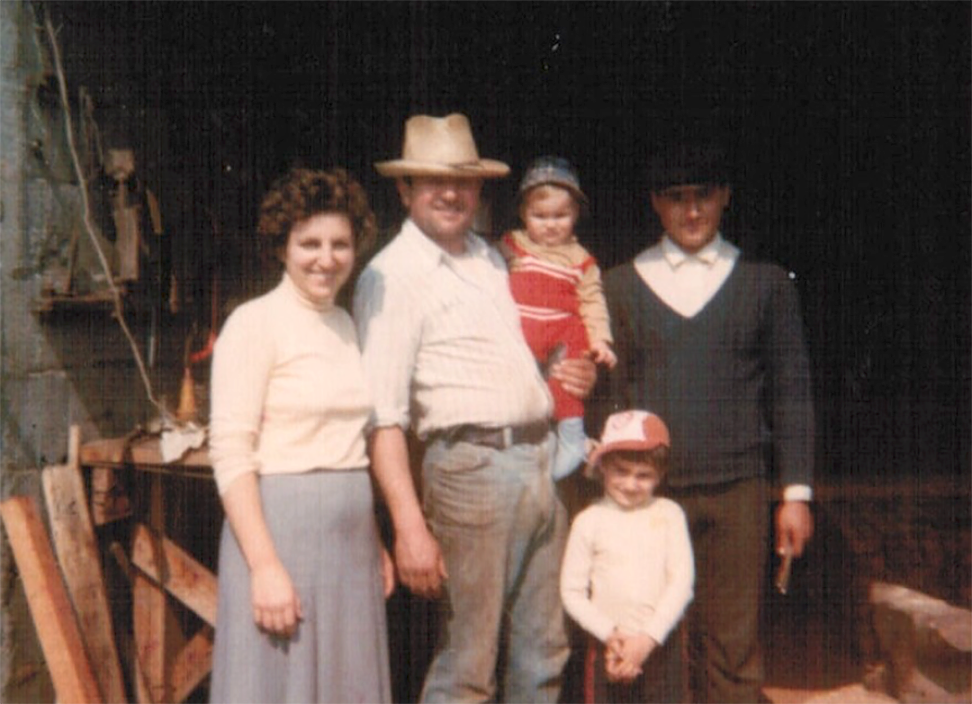
The Marichal family has been making wine for more than 80 years and growing wine grapes for more than a century. The great grandparents of the current owners, descendants from the Canary Island and Italy, established in the area of Etchevarrí, Canelones, in southern Uruguay. They planted their first vineyards in tannat.
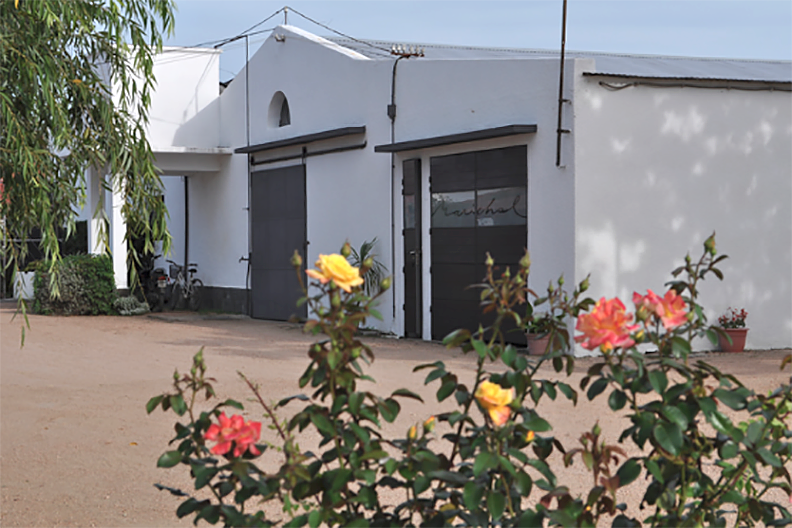
The great-grandparents had four children. When the great grandfather passed away, his wife decided in 1938 to build a small winery with underground concrete vats. In 1948, the current owner’s grandfather and grandmother married and had three children. Calling on her Italian heritage, the grandmother made pot meals for workers who had to stay at the winery because of poor roads. Workers vied to work the Marichal vineyards.
In 1975, Juan Carlos (Carlitos) Marichal married Lidia, who also came from a grape-growing family. Carlitos and Lidia expanded the winery and upgraded the vineyards, including bringing in new varieties such as this sauvignon blanc. They also recognized the future of Uruguayan wineries depended upon expanding exports.
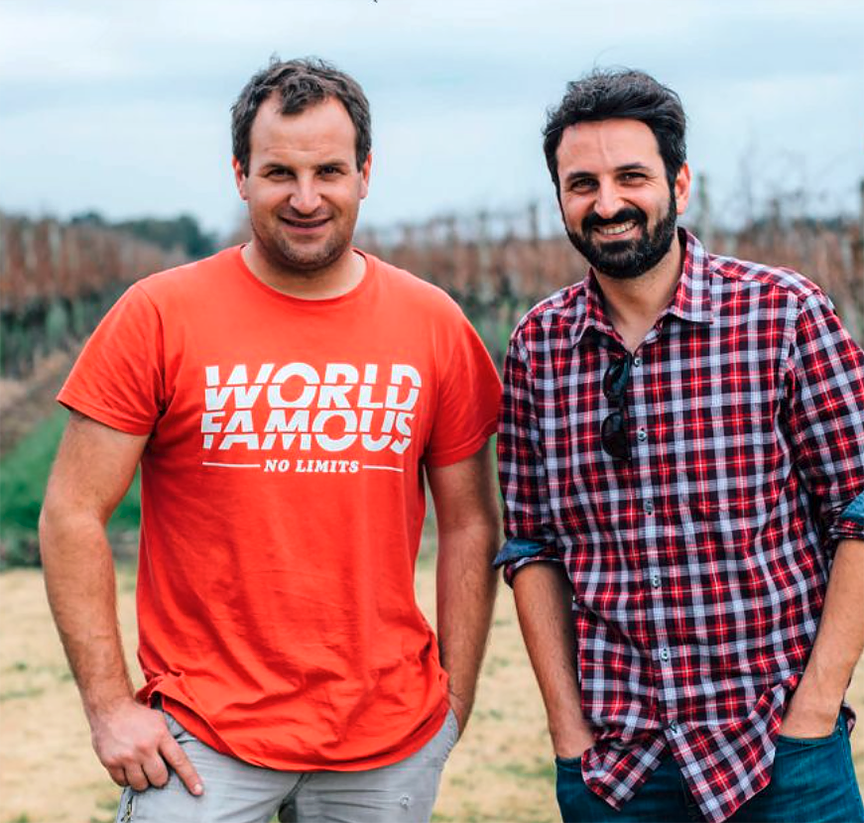
Current owners Alejandro and Juan Andrés grew up in the winery and studied oenology. Alejandro graduated from the School of Oenology Presidente Tomás Berretta in Uruguay. Juan Andrés graduated from J.A. Maza University in Mendoza, Argentina.
Marichal Reserve Collection Tannat, Canelones, Uruguay 2019 is good example of wine made using the national grape of Uruguay. Tannic, sure, this is tannat. But the balance of quality tannins, good acidity, and decanting make this an enjoyable drinker that works especially well with fatty meats. Delivers more gusto than cabernet sauvignon, thus the interest from big red wine aficionados. Pairs with high-fat grilled meats; barbecue; roast beef; lamb; wild game; casseroles and stews. Cheese—spicy cheeses, double or triple cream camembert or brie, gorgonzola. $19
